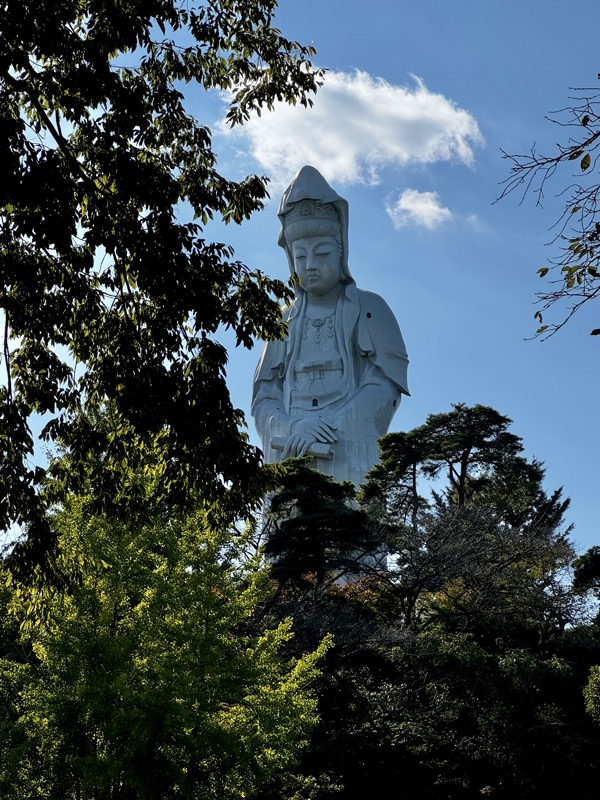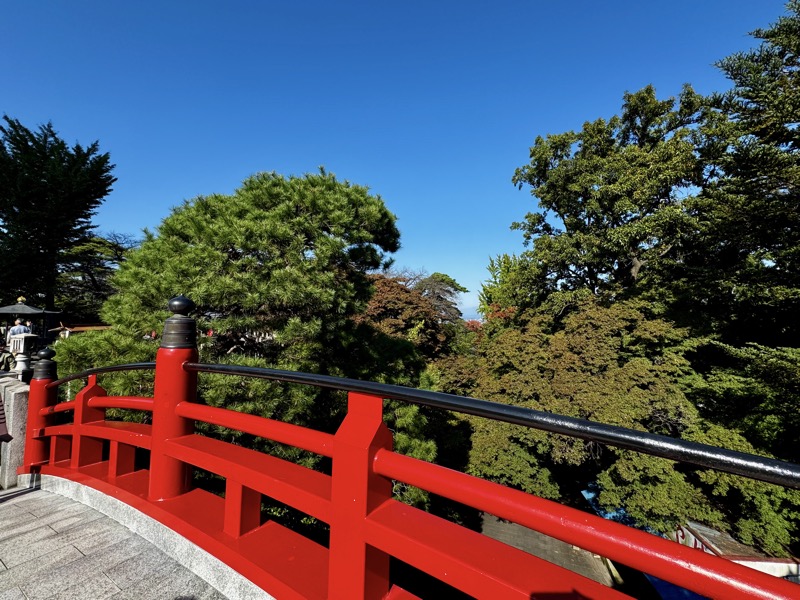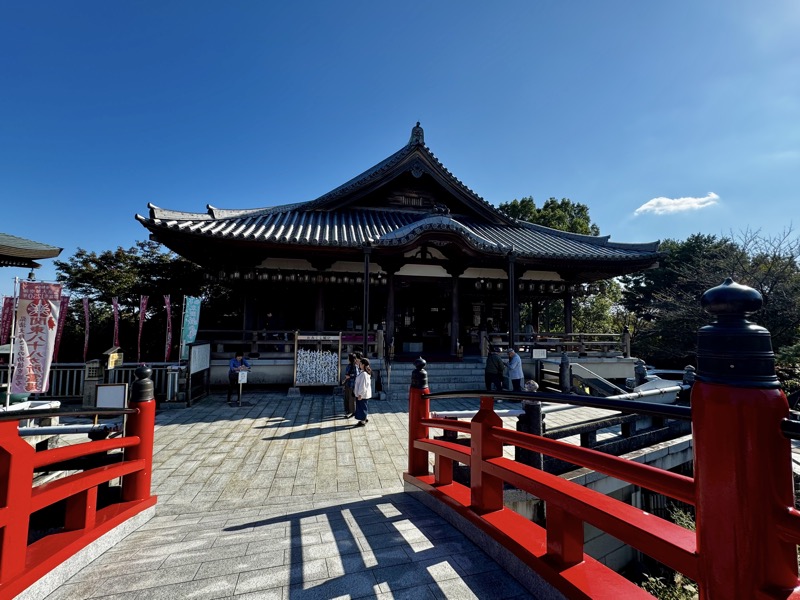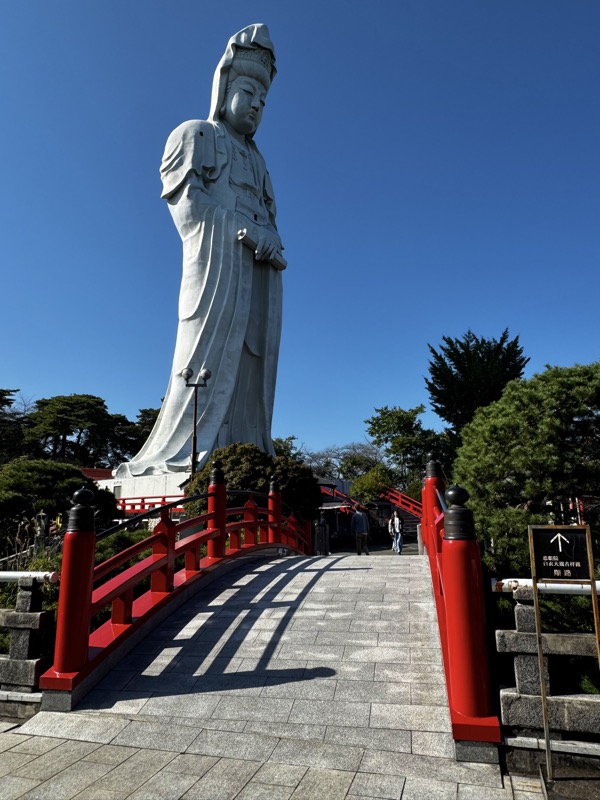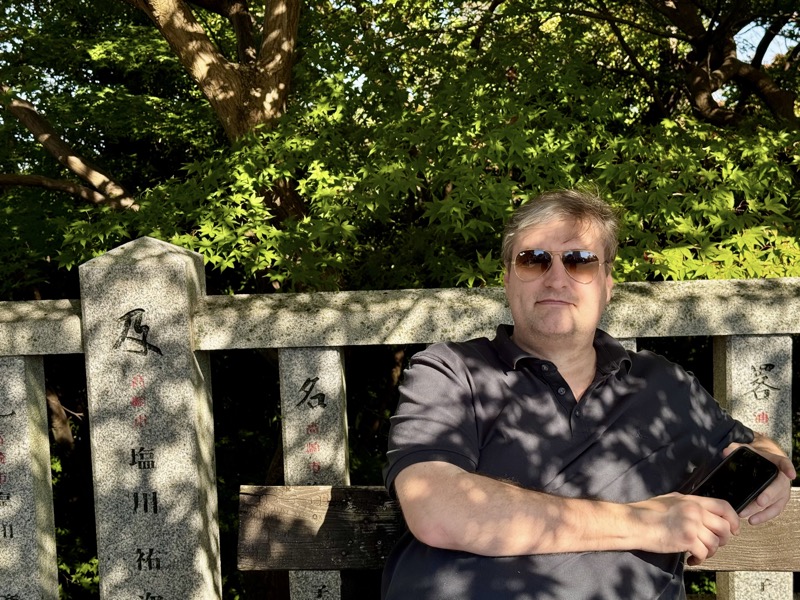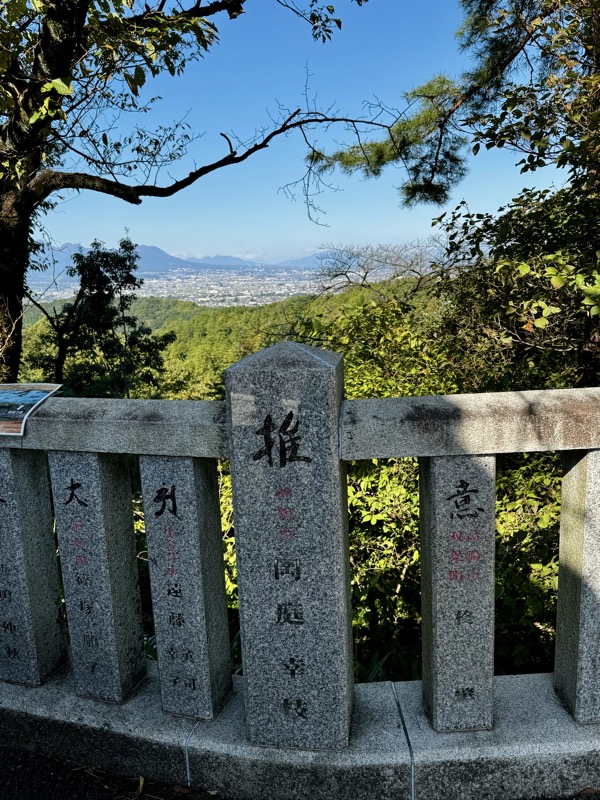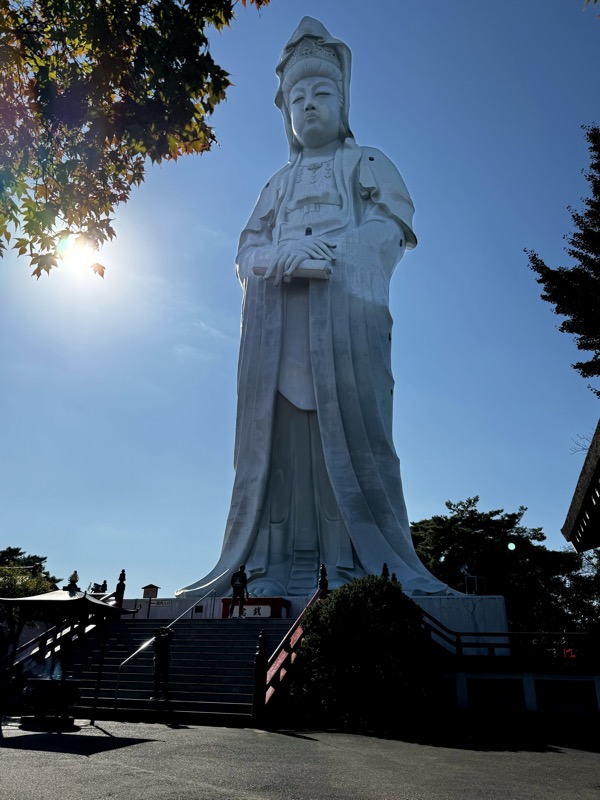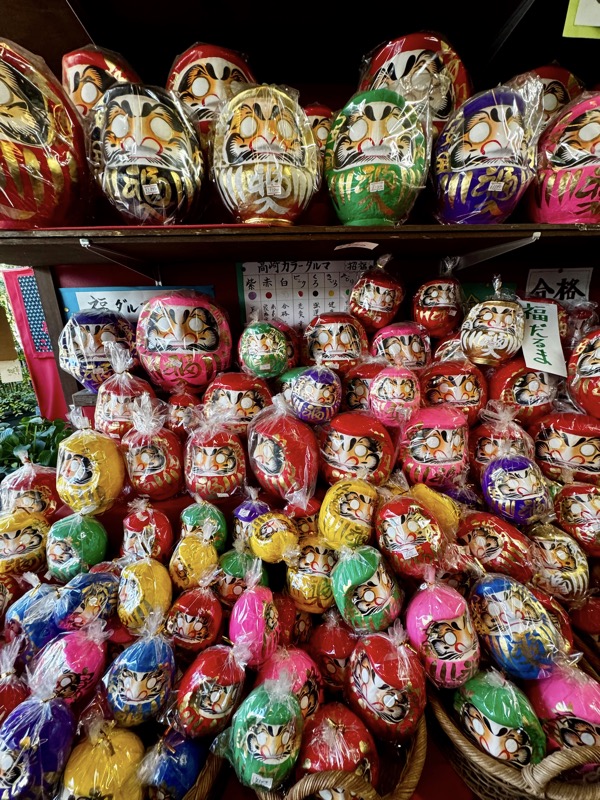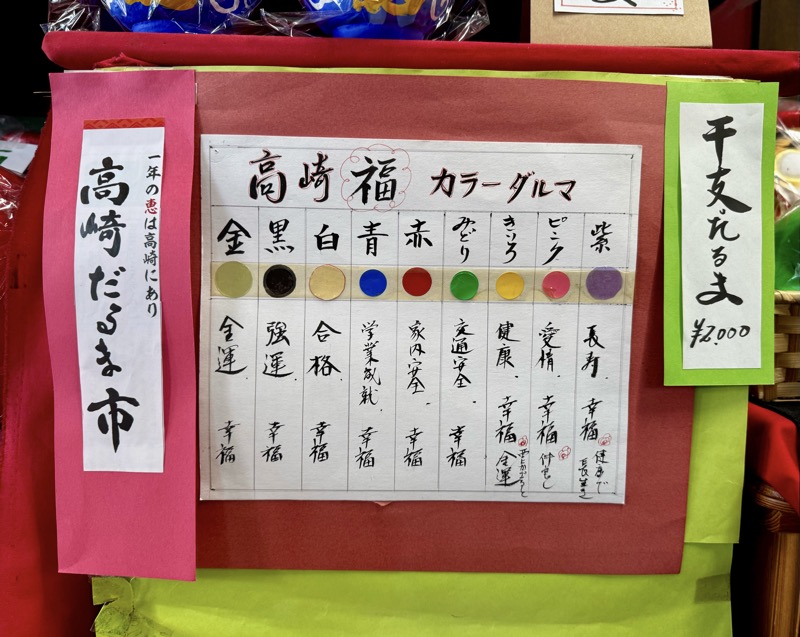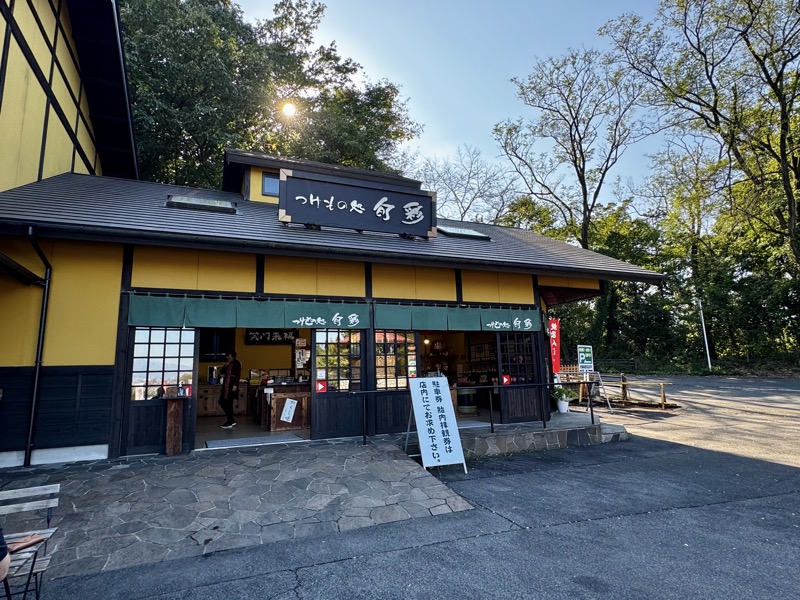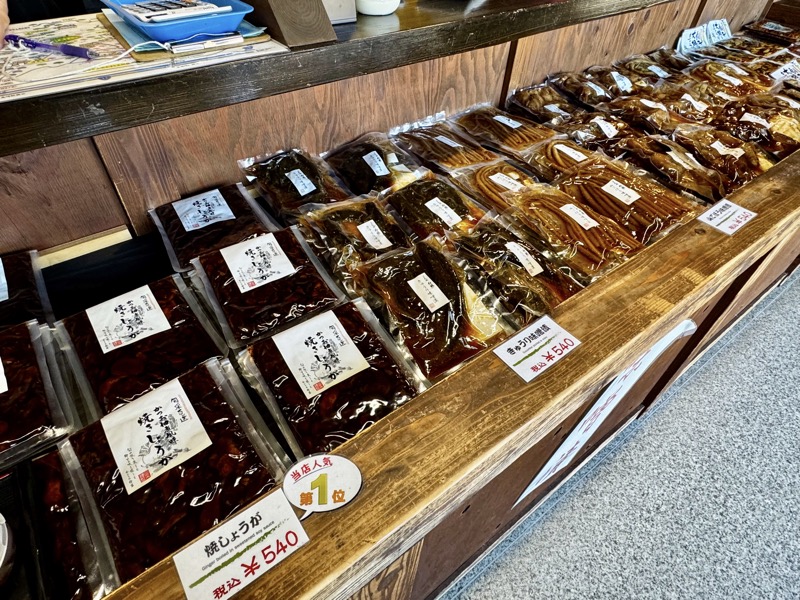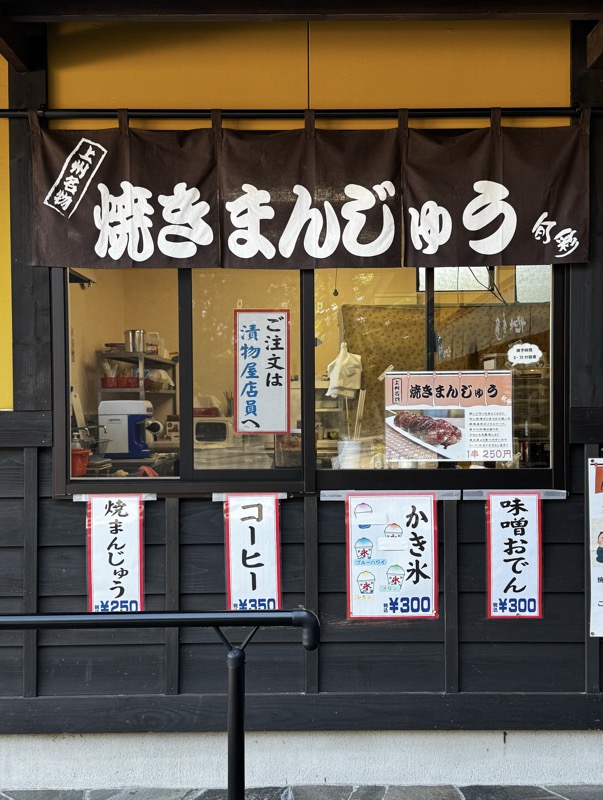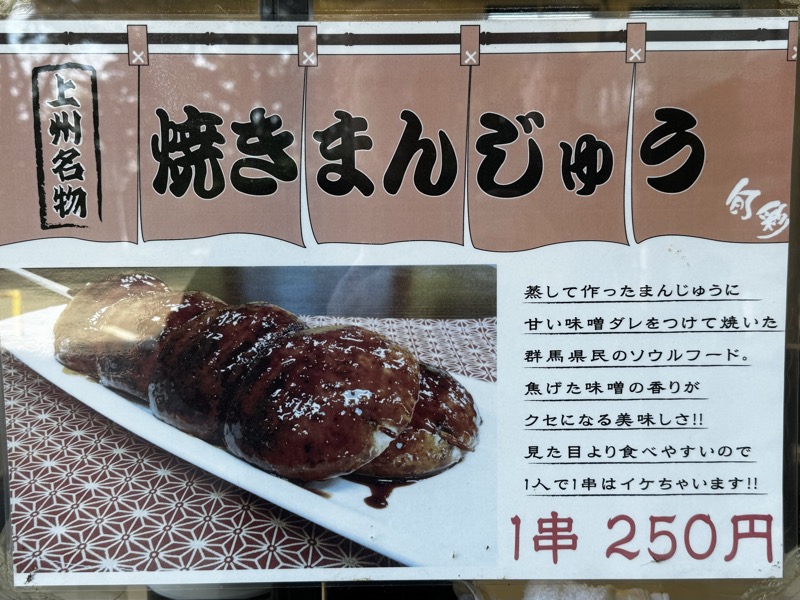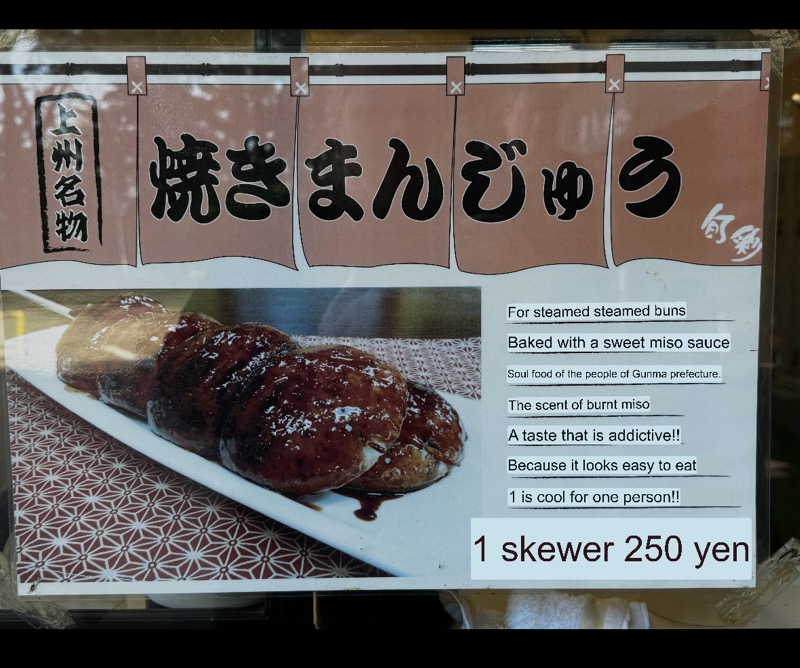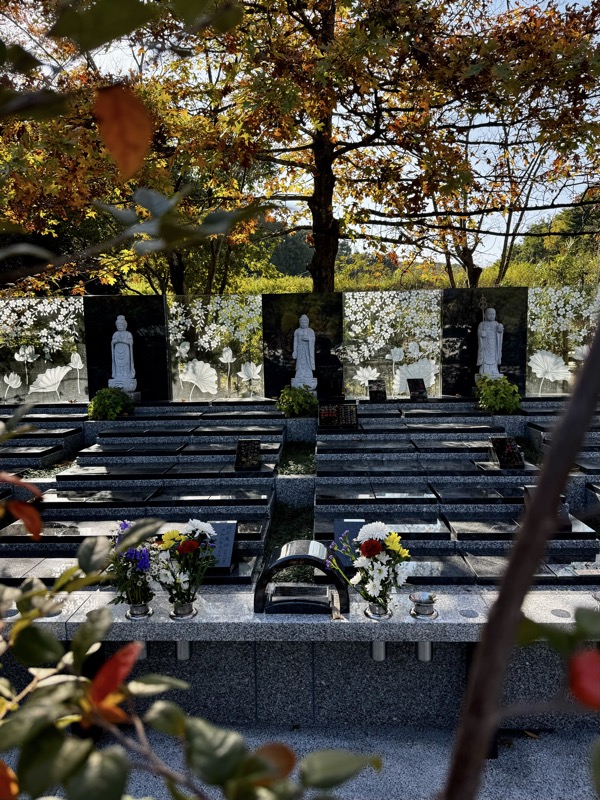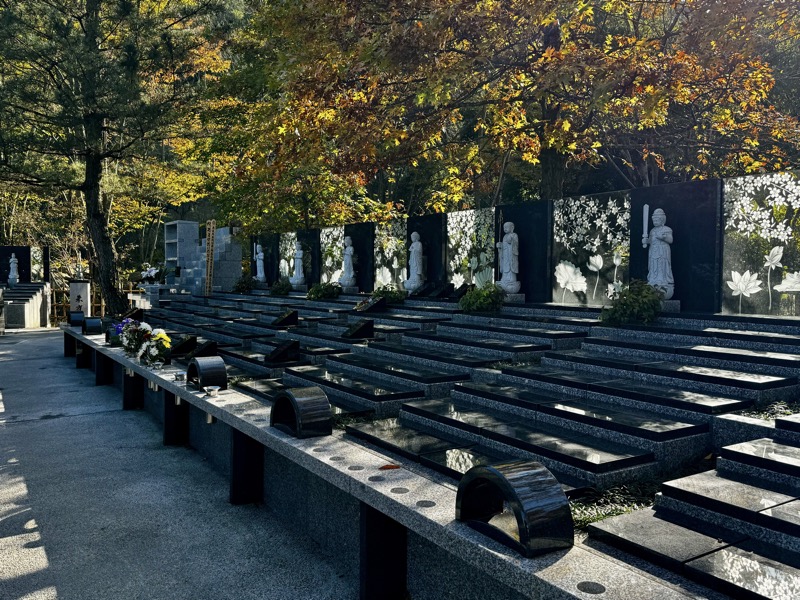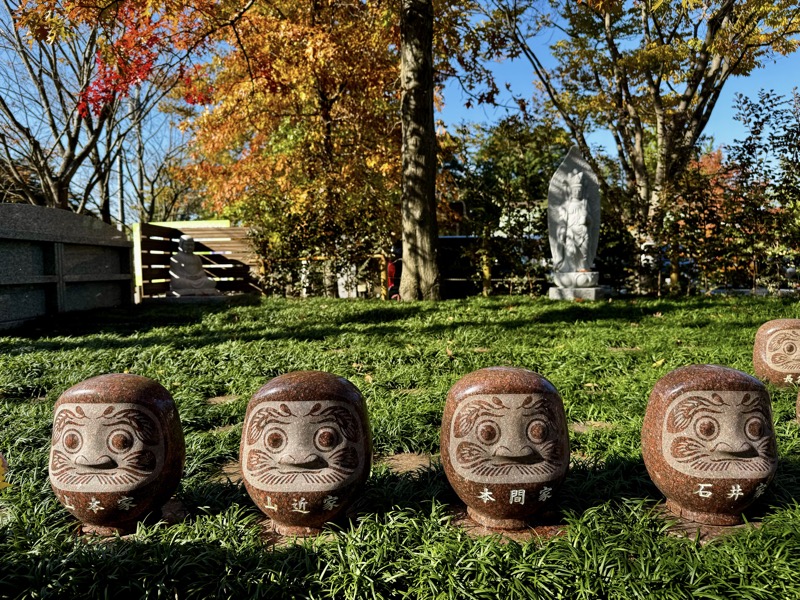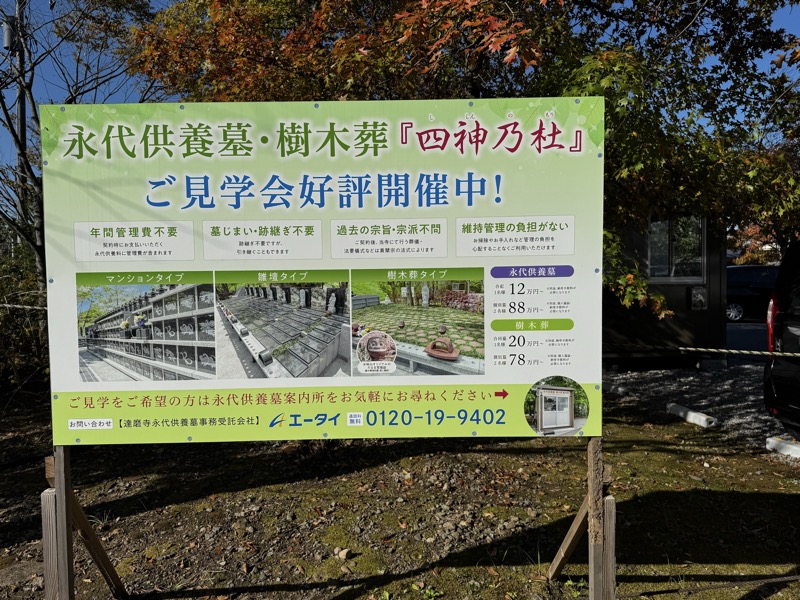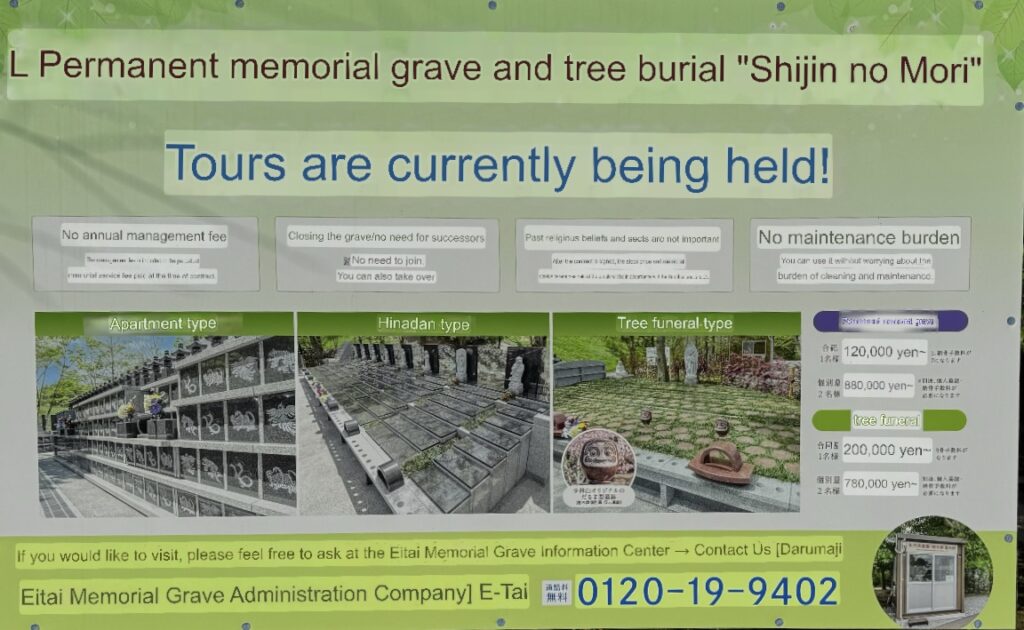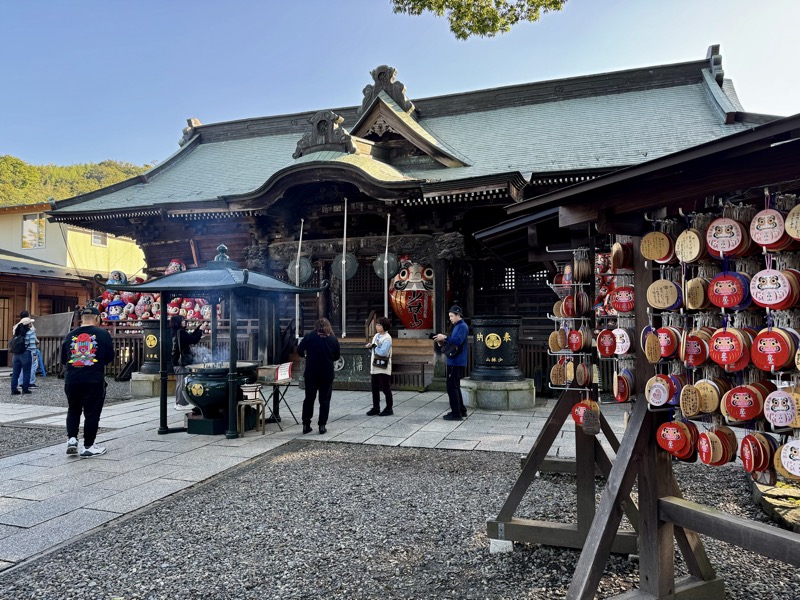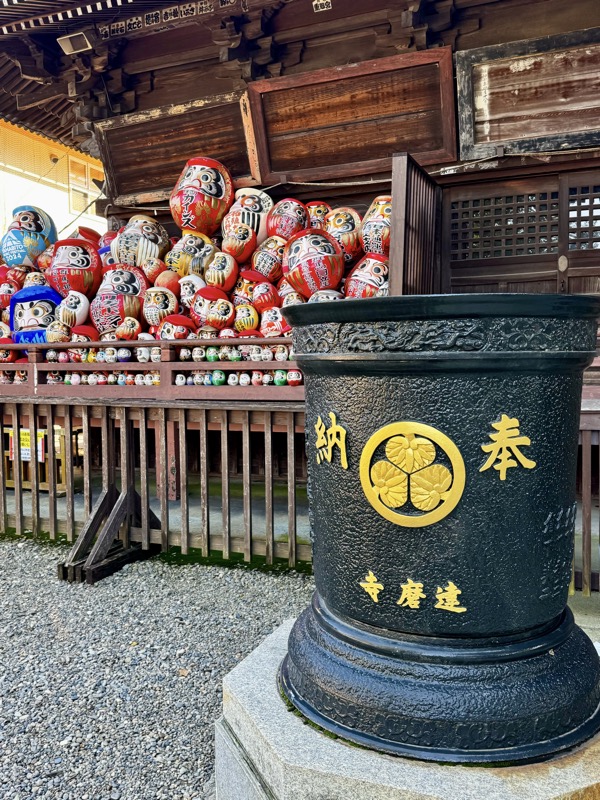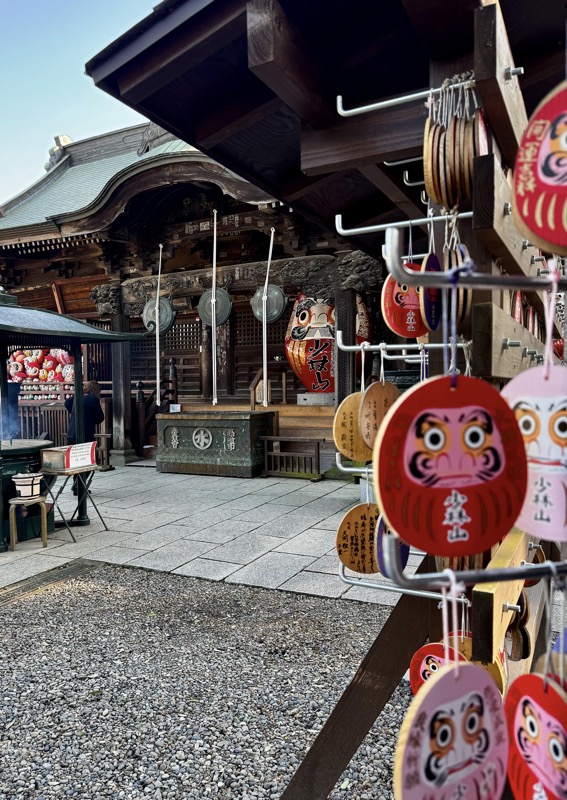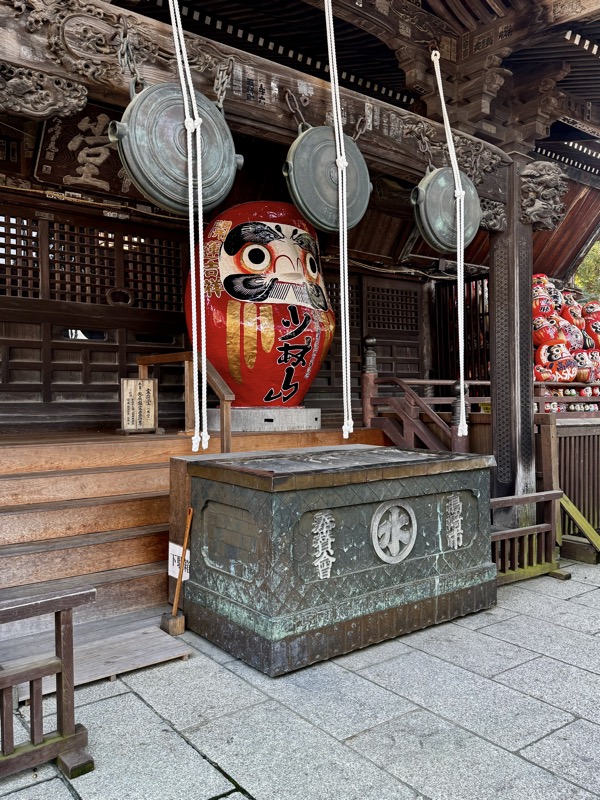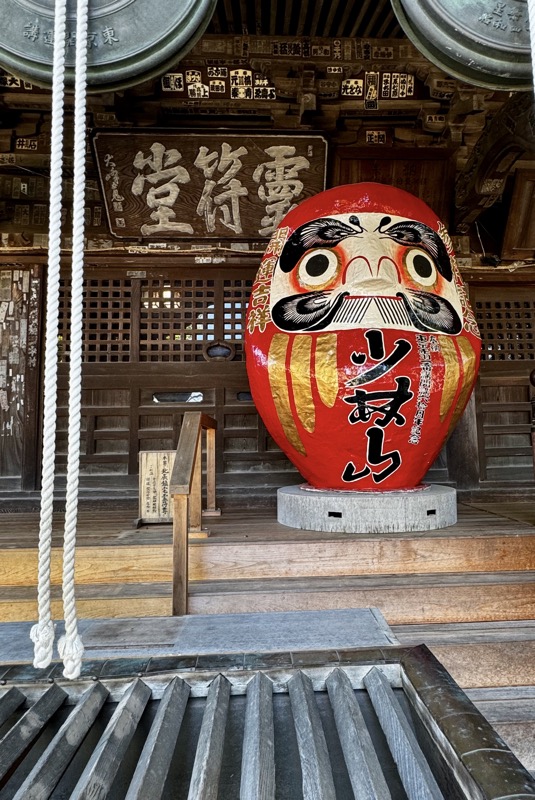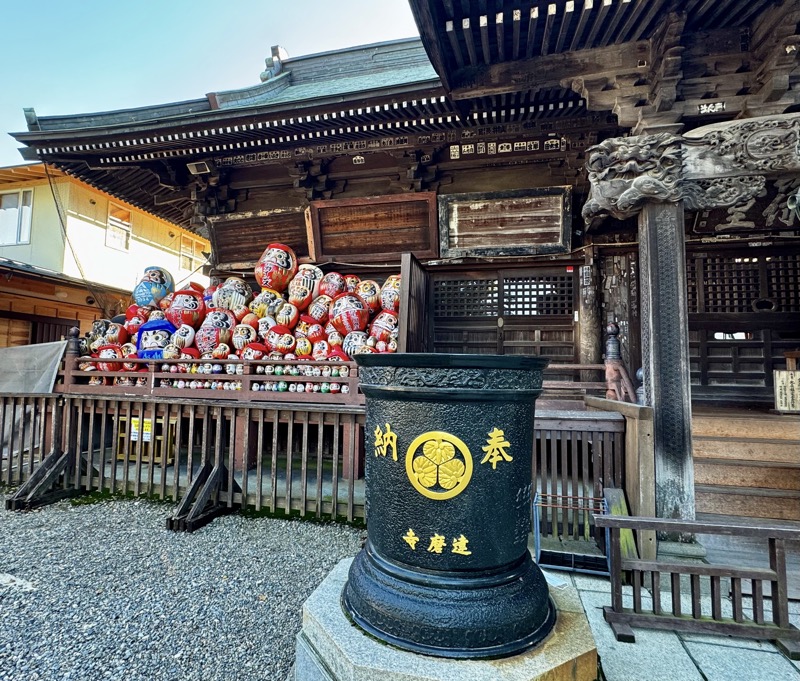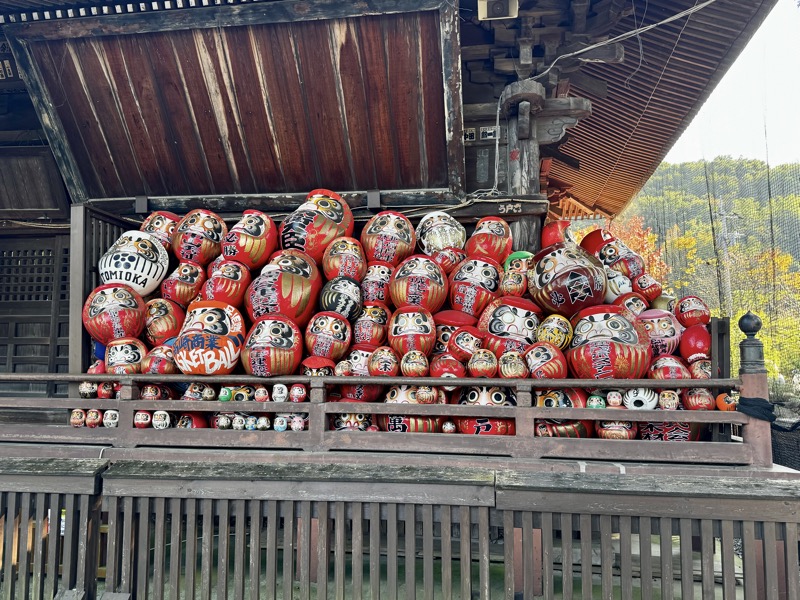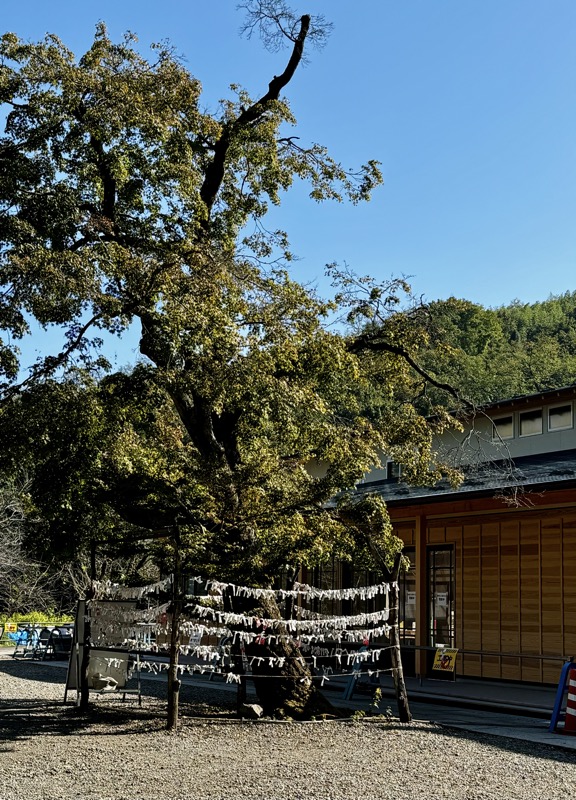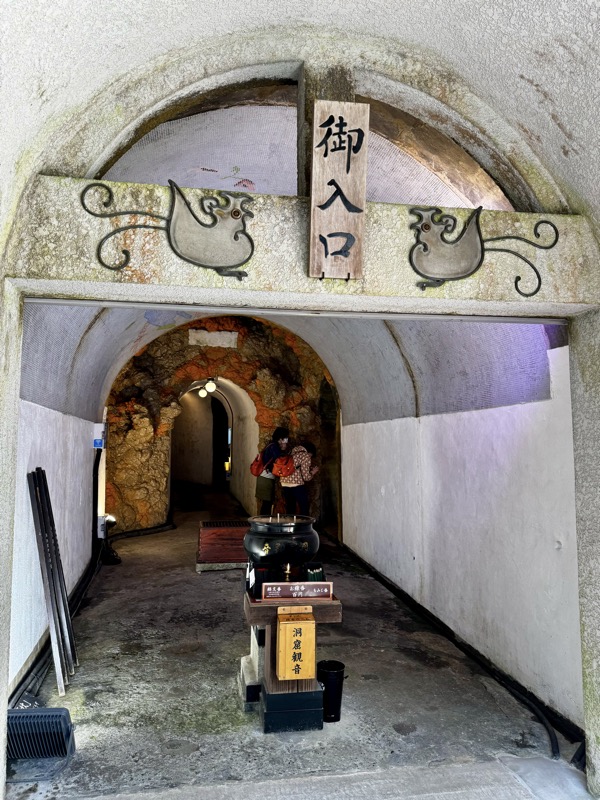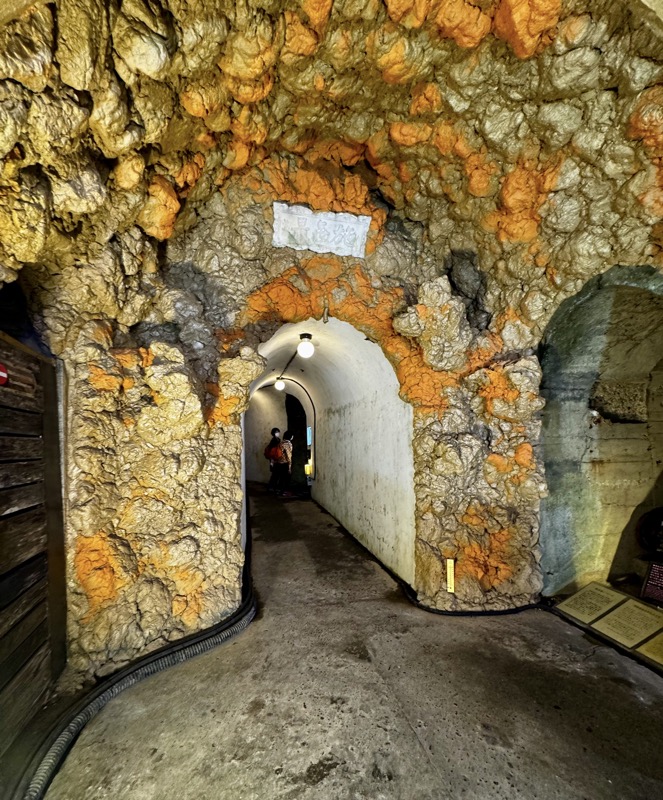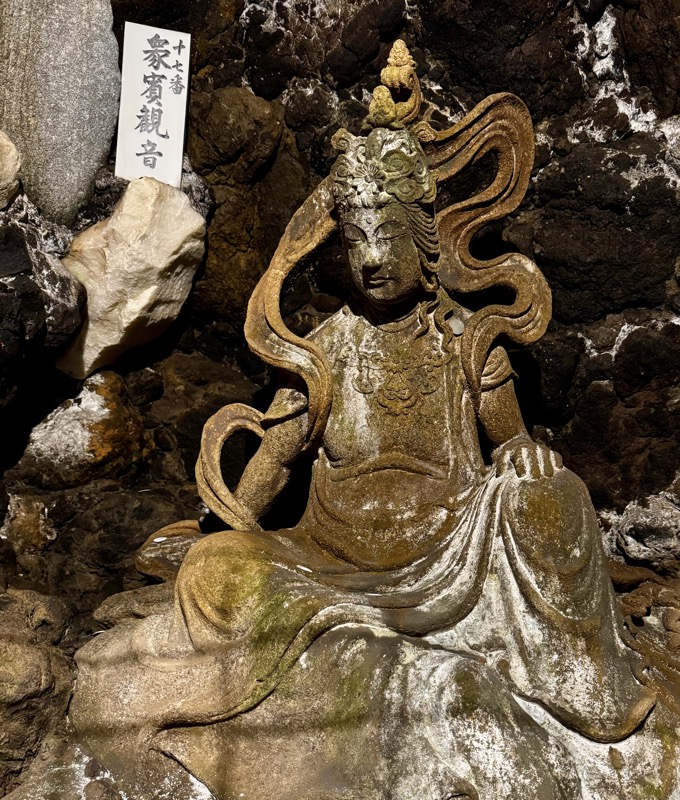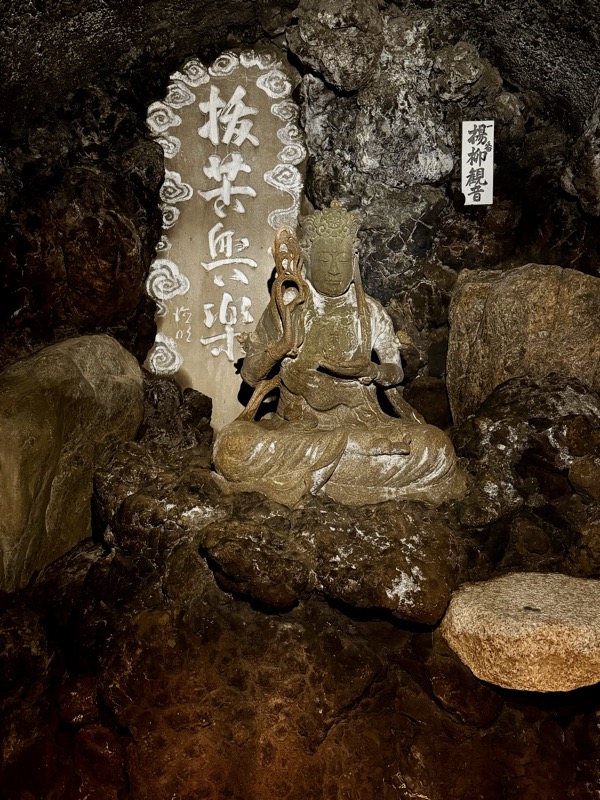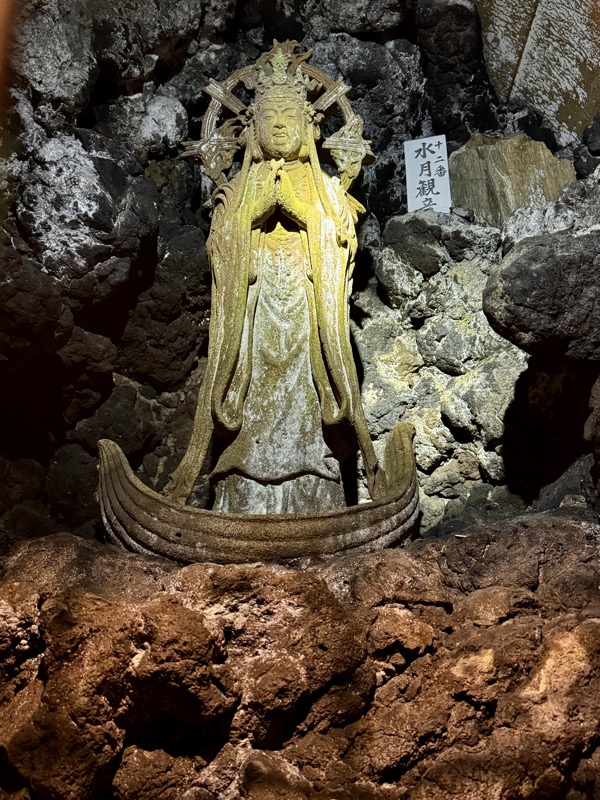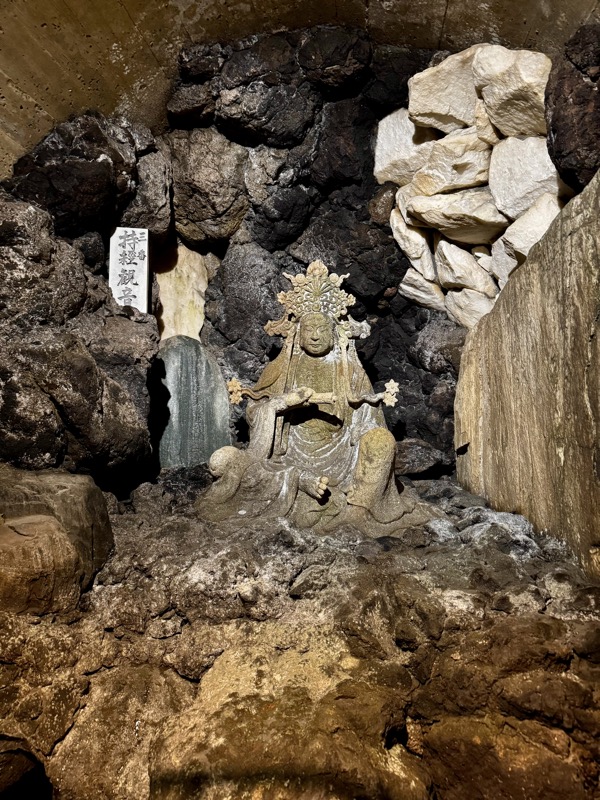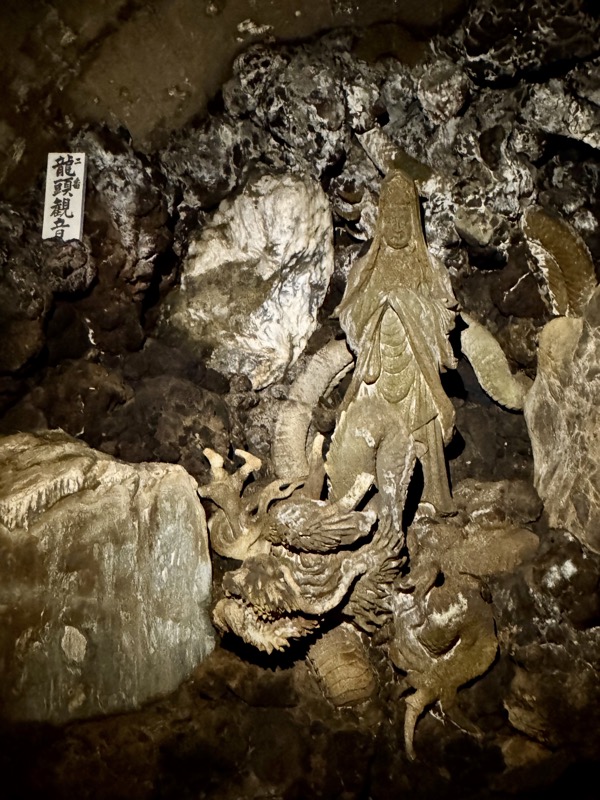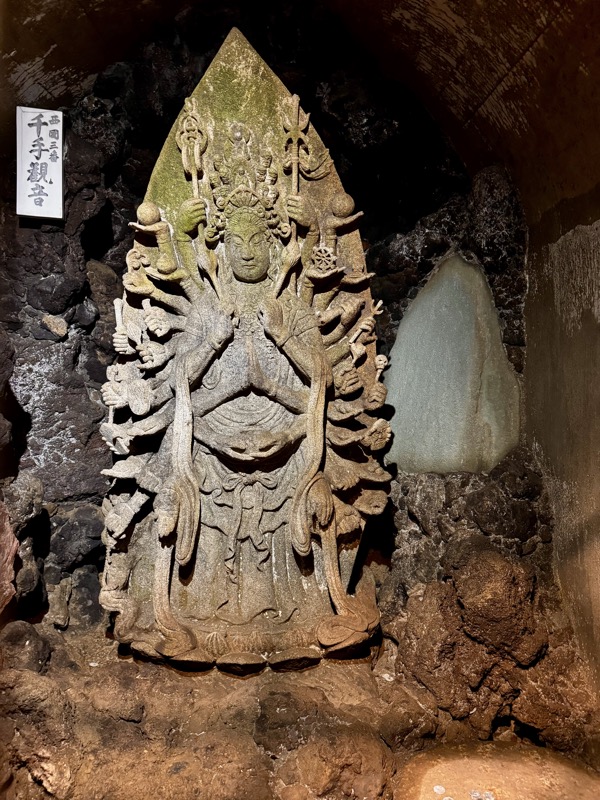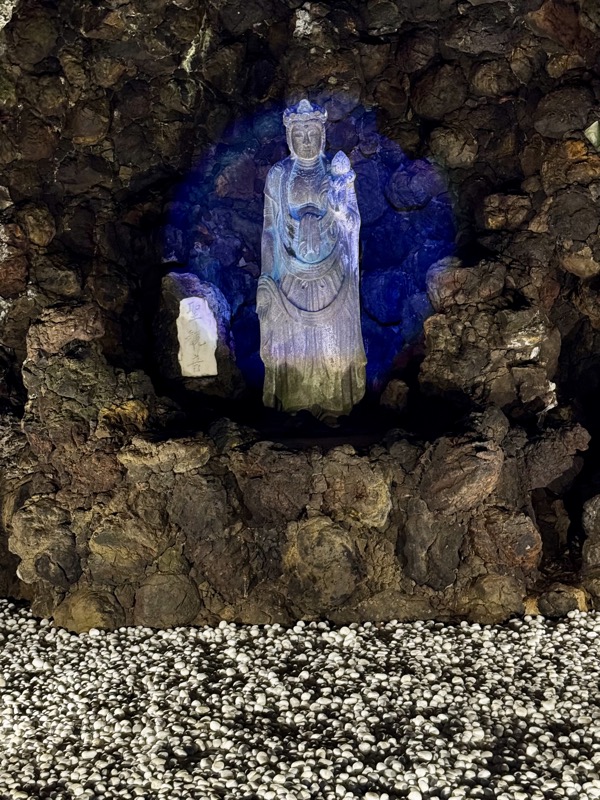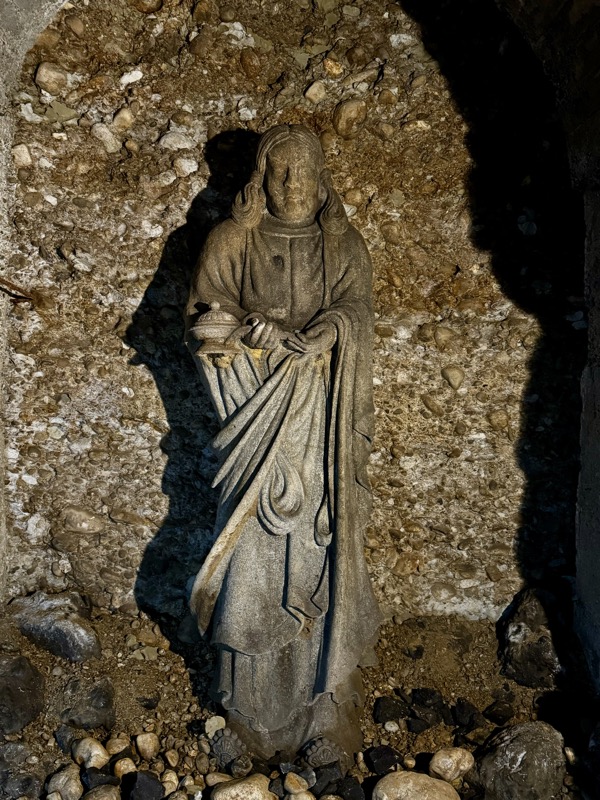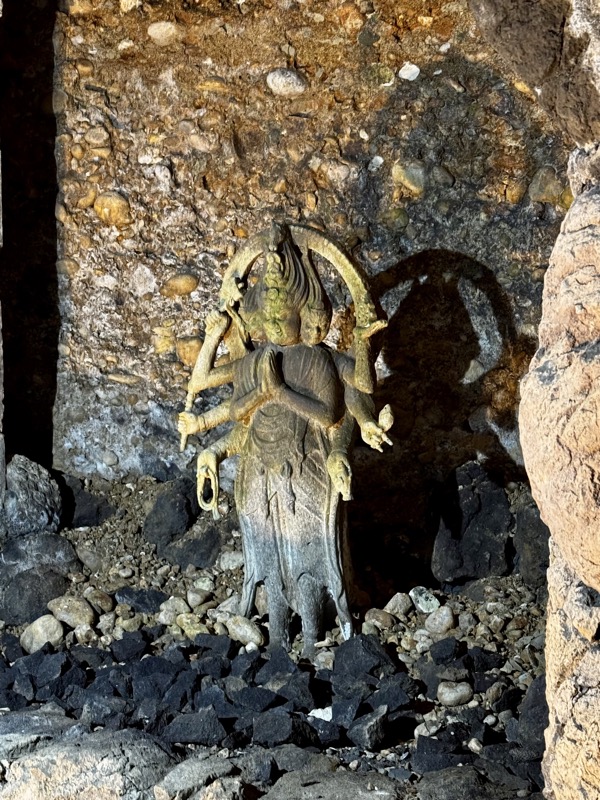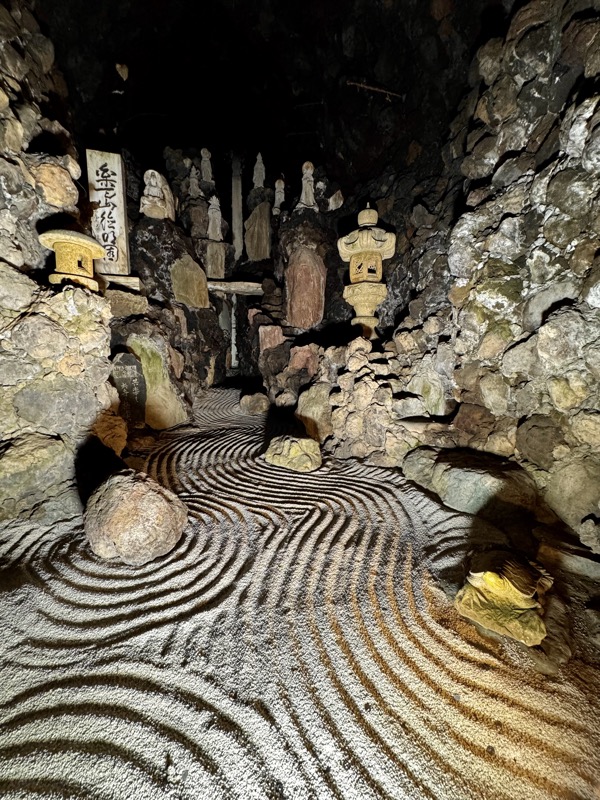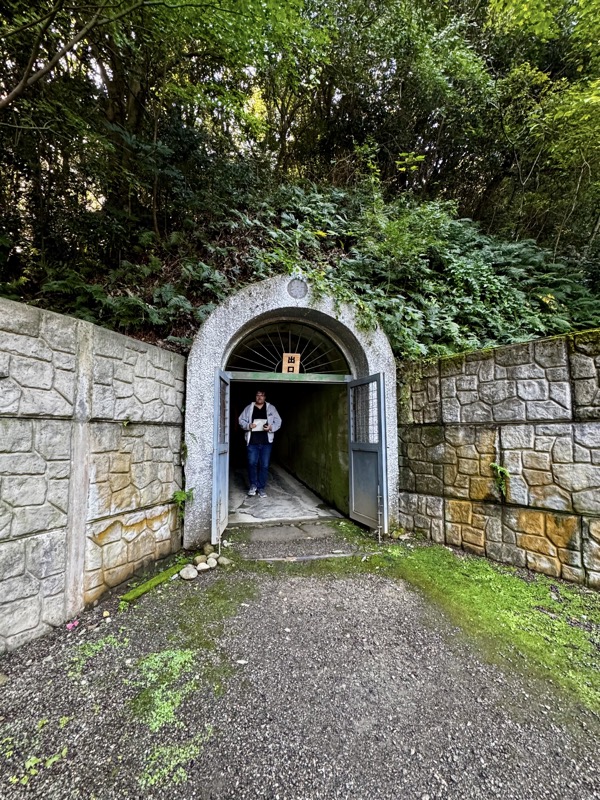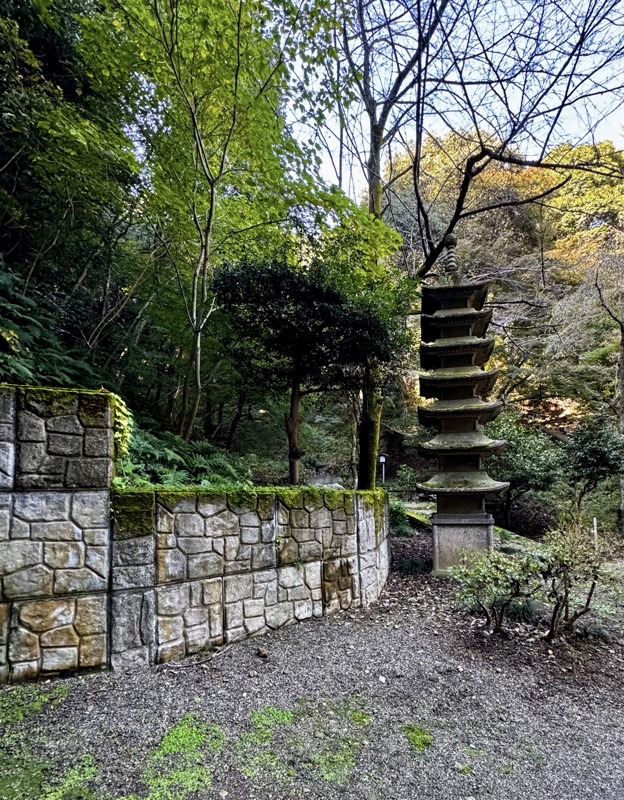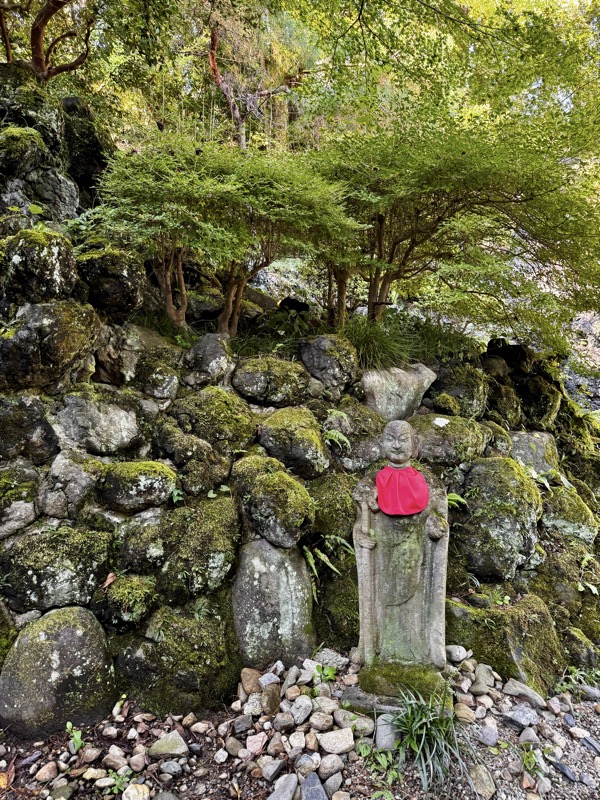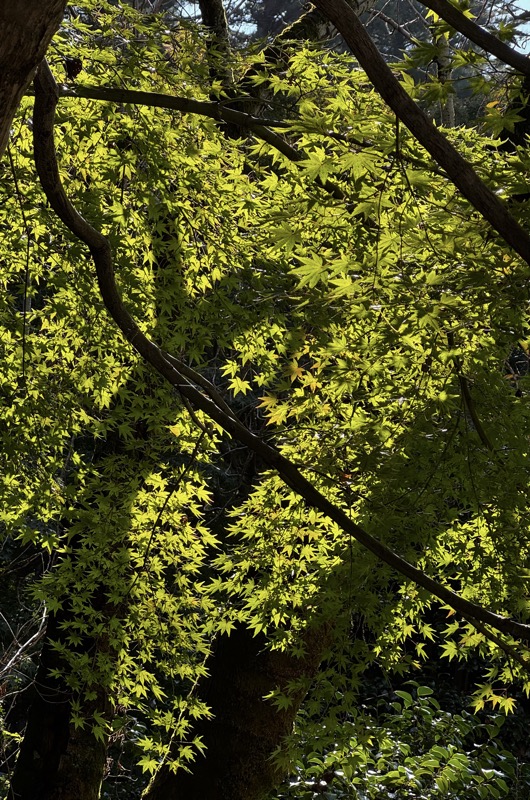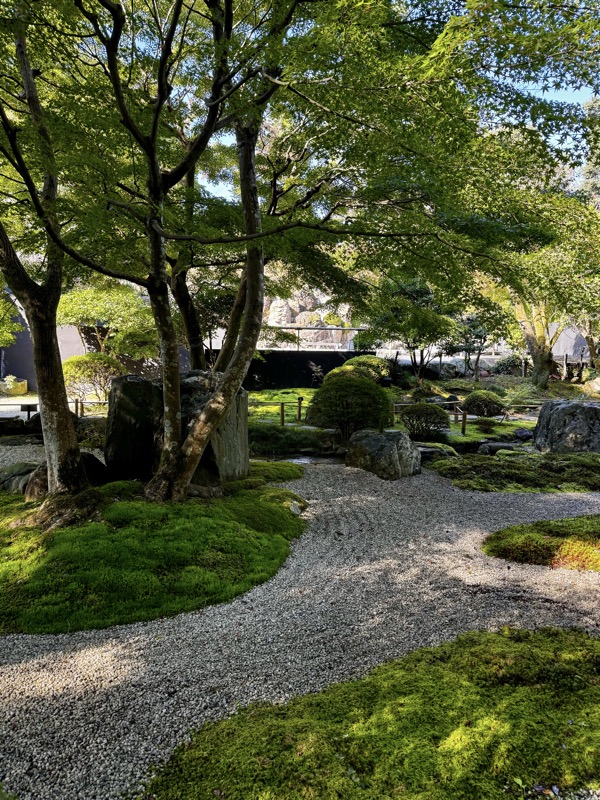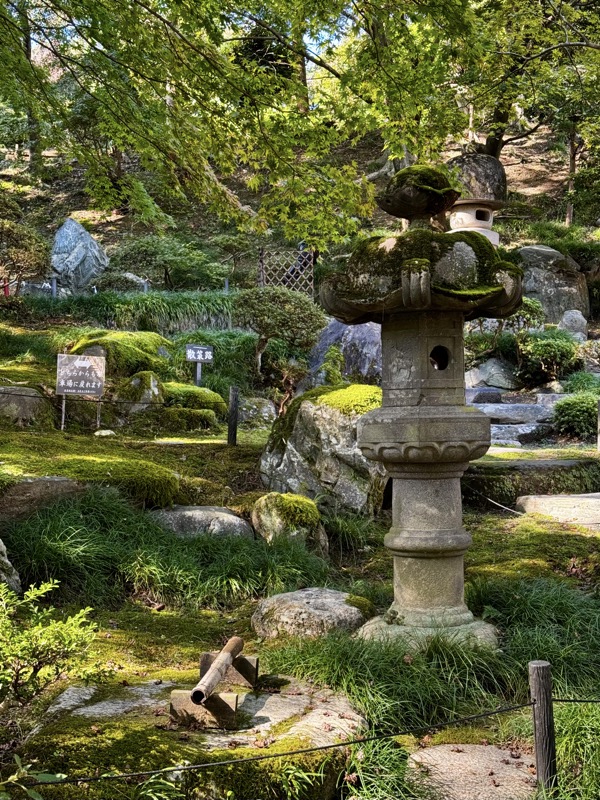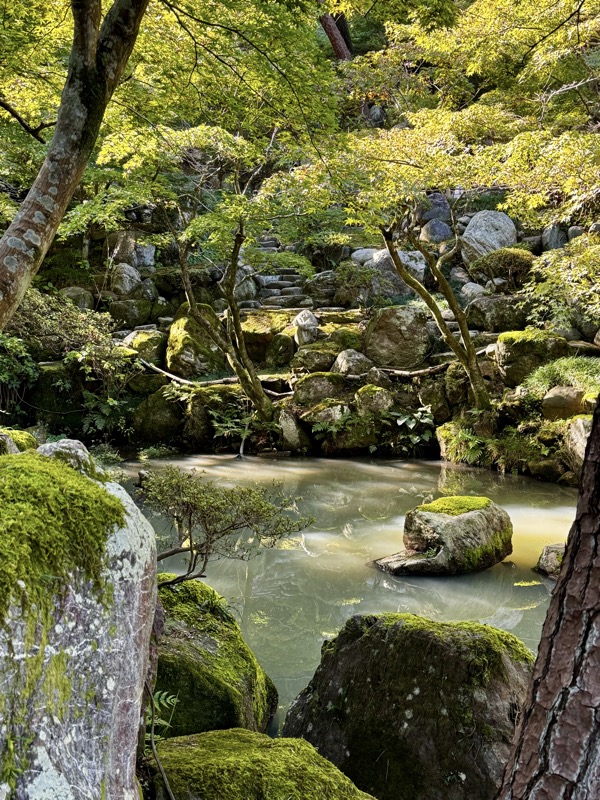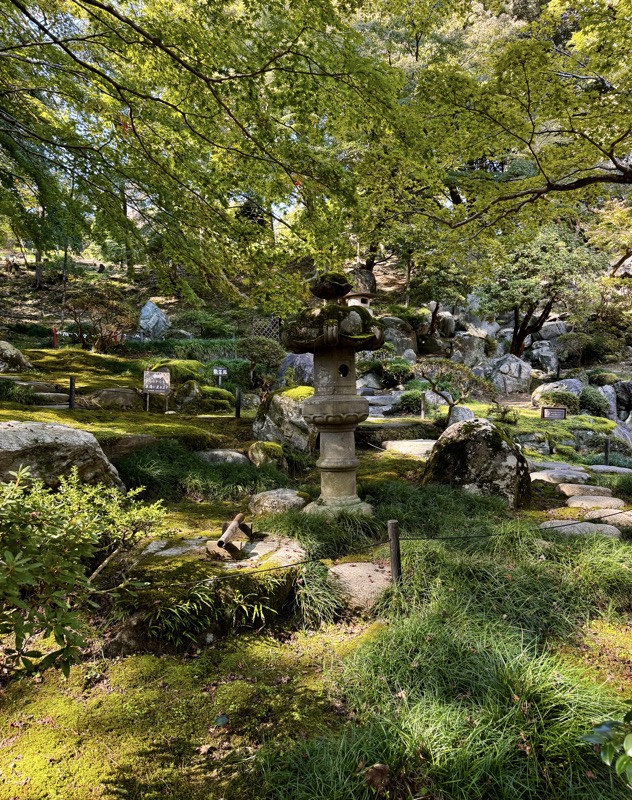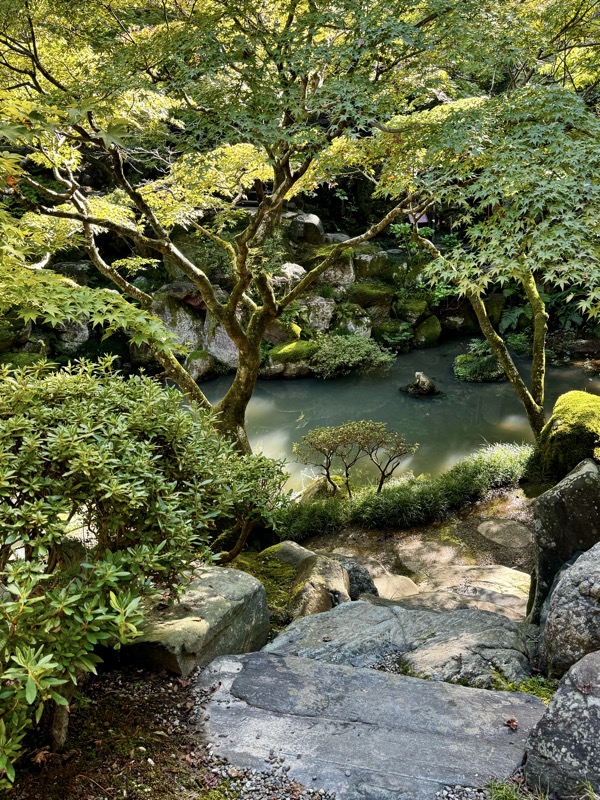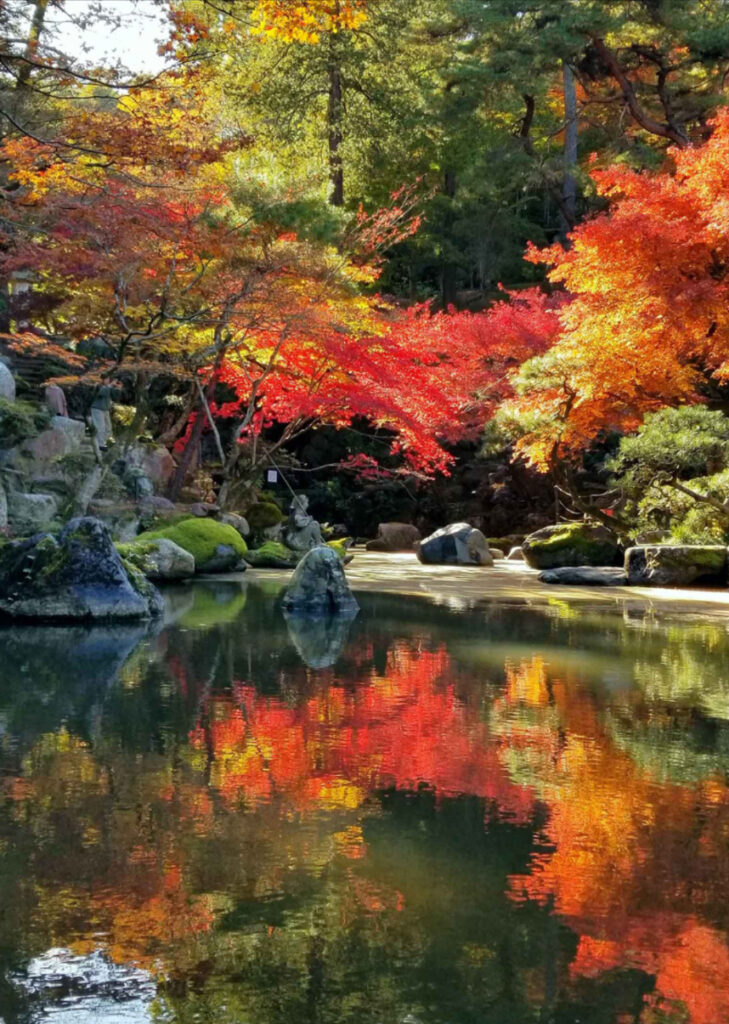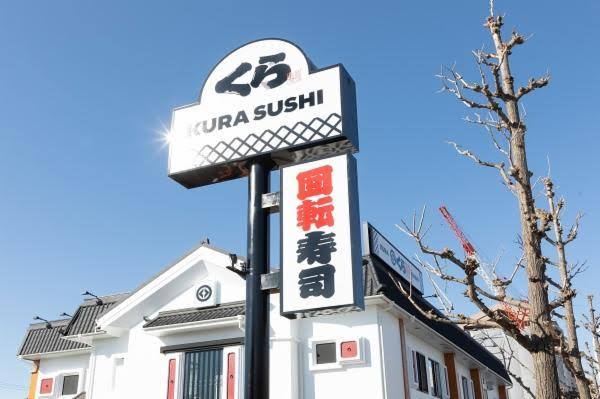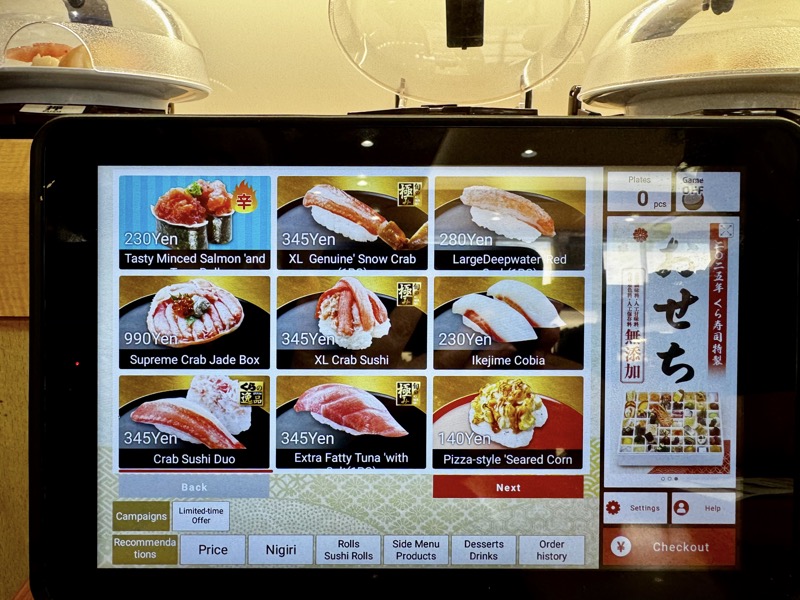We had originally planned on making our way to either Joetsu or Niigata on this trip, but decided to stick to the mountains of Gunma. There are four major onsen towns in Gunma, and I planned our route to hit them all – Ikaho, Minakami, Shima and Kusatsu. Kusatsu is the most popular one, and the one most likely to be frequented by foreign tourists apparently. Anyway, this is how Minakami ended up on our route.

Accomodations are plentiful in these towns, and they’re generally not too far form the important integrated transport infrastructure that we are here to check out, so it works out well to stay somewhere like this rather than a chain hotel… bit more culturally relevant and interesting all round.

Syoubun is a traditional Japanese ryokan set in a wooden building that is typical of Japanese architecture. It is a relaxed inn with hot springs, located 10kms from Mount Tanigawa (popular during the ski season) and only 2kms from the trains etc., we need to see at Yubiso Station. The reception was very warm and welcoming – it’s getting quite chilly outside at the moment; 15C down to about 6C at night… well chilly for Aussies anyway.
The reception was charming – exposed rough cut timber beams with lots of wood everywhere, the entire ryokan smelled of timber.



After briefly dropping out things in our room, we went exploring the ryokan – there is a wonderful airy lounge that is surrounded on both side with large picture windows into gardens. It’s a very relaxing space.

There was also a ‘happy hour’ of sorts between 3pm check-in times and 6pm, where guests can help themselves to a variety of teas, coffees, shochu, saké, juices and sparkling wine.






We were sharing a lovely (if very sweet!) glass of sparkling wine when I spotted this newspaper… yes, the entire mess is just as depressing in kanji as it is in English.

Oh well, we are doing our best to try not to watch too closely, I’m sure the coming years will bring more than enough horror, we don’t have to start engaging with it while we are travelling.

From a wide open corridor, was this unassuming sliding door which led to our room. We were in the INAKA suite.

The genkan (entry/foyer) was huge, and thoughtfully decorated with lovely fresh flowers and a helpful timber ramp to roll your suitcases in, or perhaps make the room accessible (though the rest of the room wasn’t exactly wheelchair friendly).


The genkan opened into a western style dining room, which turned out to be extremely handy as we spent most of a day working at this table. Hotel tables and desks are notoriously small, and in Japan, they might be 40cm off the ground! So we were grateful for this space.


Some onsen buns – plain with red bean paste, and slightly bitter chocolate and red bean paste options. I am not normally fond of red bean, but I must be getting accustomed to it, as the texture didn’t turn me off like it usually does.

Our room had huge pieces of polished and varnished natural timbers adding to the interior decor – it was incongruously sleek and modern, whilst at the same time having a traditional old world warmth and charm about it.


Great little corner of amenities! Coffee and tea making facilities, thermos full of ice and cold water, as well as an empty fridge for a change so we didn’t need to put aside the hotel’s beers and strange juices to fit in all my saké acquisitions. 



Off the dining room was a balcony leading to an inner courtyard garden, it was a beautiful and quiet space looking into the carefully well kept garden, but slightly cold for lingering outdoors at the moment!

The main bedroom was also a sitting room, with two armchairs facing a television. These chairs can be moved aside and futons brought in if there are more than two people booked in the space.

I was super happy with the beds here, the firmer the better in my opinion, but Mr K isn’t too keen on hard mattresses.

More of the striking timber decorative pieces – these ones twisted and gnarled together. It’s unlike anything I’ve ever seen before – very unusual.

Samue and Hanten coats for use around the ryokan… always much appreciated.




Even though our room came with samue (Japanese pyjamas) and sleeveless hanten coats provided, there was also a collection of brightly coloured yukata for guests, to use should they choose.

The bathroom was divided into four spaces – a toilet, a bathroom with sinks for doing your hair and make up etc, a dressing space for coming or going to the baths, and an outside space for washing before using the private onsen bath on the balcony.






The toilet above – quite a high end Japanese toilet with all the bells and whistles. I forget until I am in-country how much I appreciate the warmed toilet seats here. They don’t feel so great in mid-summer, and I imagine they’d feel awful back home, but when the weather is turning, along with the leaves, a warmed seat in the middle of the night is always a nice touch. Man, I’m getting soft in my old age… I’m almost certain there are descriptions in this blog somewhere of The Worst Toilet in a Turkish Internet Cafe Ever!

The outdoor wash room for bathing before getting into the onsen; it is all timber and smells like being ain a large cypress box!



The private open air bath. AMAZING! Haven’t met an open air onsen bath that I haven’t like yet, and don’t imagine I will. There’s nothing quite like sinking into the water at the end of a long day and just feeling all the tension and pain just leave your body.


Baths and saké… it’s turning into our little tradition everywhere we go. The spring water here is so clear, you can hardly see where the edge of the water is.


One of the draws of Syoubun was their advertised ‘mountain sourced kaiseki dinner’. All the food is said to be sourced locally, and considered warming ‘mountain food’. We had a small private dining room which was actually outside the main restaurant area.

But first, we thought we should try out the locally made Tanigawadake Junmai Daiginjyo-shu. It was lovely and refreshing, crisp without being dry, with floral hints.


Autumn menu…

Roasted Ginko; Figs in sesame sauce; Mugi pork Shigureni; Nanbanzuke mushrooms; Persimmon cream cheese.



Eggplant tempura.

Salt-grilled Iwana fish – a clear water river fish that feeds on moss and algae which flies it a cool fragrance. It is considered a light and rustic flavour that can be prepared deep fried, grilled with salt or cooked on rice in a pot. These are reared locally in Minakami.


Joshu beef toban-yaki, served with ponzu, spring onions with grated daikon radish, and fresh grated wasabi.



Seasonal stew of taro, rice, ginkgo nuts, shiitake mushrooms, topped with bean paste.

Yamamoto hot pot – fresh vegetables, tofu, mushrooms and dashi broth. Minakami rice – provided by the expert in rice production in Minakami, Honda Yoshimitsu, prepared with chestnuts.


Stewed plums, pear slices and apple gelato, served with tea.

That was definitely a hearty meal – usually these kaiseki dinners are course after course of elegant sized tasting portions, but this felt a little more solid than usual! It was at least an hour before I was back in the onsen bath.
I’d like to say I slept like a log, but alas, not enough saké and a little too much snoring meant I didn’t sleep so great. A restorative morning bath in the onsen was definitely a bonus!

Mr K unable to decide between caffeinating or bathing and opting for the time saving effort of BOTH!


I really like this bath, it is large enough to be comfortable, and has a couple of different steps you can sit on if you wish to raise your head and shoulders higher (helpful if you’re starting to feel too hot). There is no mechanism to add cool water if you are finding it too hot though. Seems the more remote the ryokans, the less likely we are to find a temperature control – only too happy to keep researching to test this theory!

Breakfast and we were back in our little private dining room from the night before.

Simmered grated yam (in the covered bowl), steamed savoury egg custard with plum, and reduced ponzu sauce.

Steamed Minakami mushroom, lotus root, carrot and Ginger; Yoghurt and pear; Cold chicken; Freshly cooked salmon in miso; various pickles down the centre to have with the Minakami rice; Lotus root and mushroom dumpling, Tofu; Soft boiled egg and Miso Soup.

I love Japanese breakfast!






After breakfast we went to town, managed to get some work done and came back about 2pm, before the next evening’s guests had checked in. We thought we would check out some of the other private/family bathing areas in the ryokan – these baths tend to be larger, and can accomodate a larger group more easily, and are available for other guests who do not have a private bath in their suite.



The gardens here are beautiful. Although we have some serious language barriers when in Japan, we do make an effort to try and communicate with the people we encounter… it seems the young couple that are running this facility, and our waiter from last night is also the gardener as he as cleaning the garden and pruning some shrubs this afternoon.


While we were out – the flowers in our genkan were changed! Completely unnecessary, but lovely nonetheless.


The ryokan was not as busy tonight, and we found ourselves redirected into the larger restaurant area filled with small private dining rooms… Japan has been Covid friendly since long before the pandemic, socially distancing diners from one another for centuries!


All dining spaces were differentiated with a different bird sign. Our little Owl booth for the evening:

First things first of course – biru and some saké.

Tonight’s dinner was called “Hermit’s Cuisine!”
The Blessings of Okutone: Homemade chicken ham; Smoked cheese; Hotaka salmon, Shiitake mushroom; Butternut squash; Cauliflower; Romanesco paprika, Radish; Kohirabi red radish; Wasabi; Leaves served with char and milk sauce, mustard and malt sauce, and homemade butterbur miso.


Root vegetable soup, made with burdock, Jerusalem artichoke and taro.

Fried taro.

Deep fried, Iwana fish… I’ve never had a fish served like this before, it was extremely tasty, and even though it was deep fried, it wasn’t greasy at all.

Seasonal boiled dish of turnip in meat miso sauce! All the umami flavours. *chefs kiss*

Meat dish of Oze pork, with plum and miso jelly.

Mushroom hotpot! OMG I’ve never seen so many varieties of mushroom on one plate before: maitake mushrooms, wood ear mushrooms, petal mushrooms, namely mushrooms, yukiwaritake mushrooms, and hiratake mushrooms… and none of them taste like the plain boring button mushrooms we tend to eat most of at home! <insert happy dance here>



Mushroom hotpot was served with Minakami kamameshi rice grown locally by Honda Yoshimitsu. It’s very important where the rice is sourced and is obviously a matter of great pride. High quality rice is served to guests with all the pomp of pulling out good caviar or with the flourish a waiter might make when offering a particularly good vintage of wine. It’s serious stuff here.

Dessert was a simple Persimmon and apple gelato… and I really do appreciate that desserts aren’t heavy chocolate on chocolate with a chocolate motif like they often are in western restaurants.

Mr K feeling very happy with his wash, even though he has no idea where we are or where we are going next! 


We went further exploring the ryokan after dinner… had to walk-off some of that mushroom somehow! The facility is much larger than either of us realised. Out the other side of the lounge area that we were using when we arrived, is a huge new wing of extra rooms and another family/private bath.




For a change, and possibly for Mr K’s sanity, I chose Western breakfast for us on the second morning of our stay at Syoubun. It turns out to possibly, maybe, kinda have been a bit of a mistake… I’ve come to appreciate the Japanese breakfast much more! This morning’s fare was a wedge of quiche, a small Weiner sausage, some salad, a couple of slices of tasty boar, egg salad, pears in yoghurt… all tasty, but just felt a bit heavy compared to the usual small portions of vegetables and fish, served with a wee bowl of rice.


Onion soup? Which had a gelatinous texture, not a French onion soup consumé type thing. Yuzu and apple smoothie that definitely was bulked out with some sort of green vegetable.


And a Chinese steamed bun? 



I loved the little chopstick rest – with a little, ‘kersplat’ cat… summed up how I felt after a rather poorly night sleep. Mr K isn’t keen on the Japanese fondness for hard mattresses and it seems to make him snore like a freight train! I swear I had barely 3.5hrs sleep last night and amongst me throwing things at him, he slept like a log.
Breakfast also contained a warmed bread roll and some hard butter and a very very sweet western jam, which made me feel like I was on a plane! 


Next stop we are onto Shimagawa… via town for work.




































 What are we doing?
What are we doing?



































































































































































































































































 Ikaho… I’ll definitely be back.
Ikaho… I’ll definitely be back.

